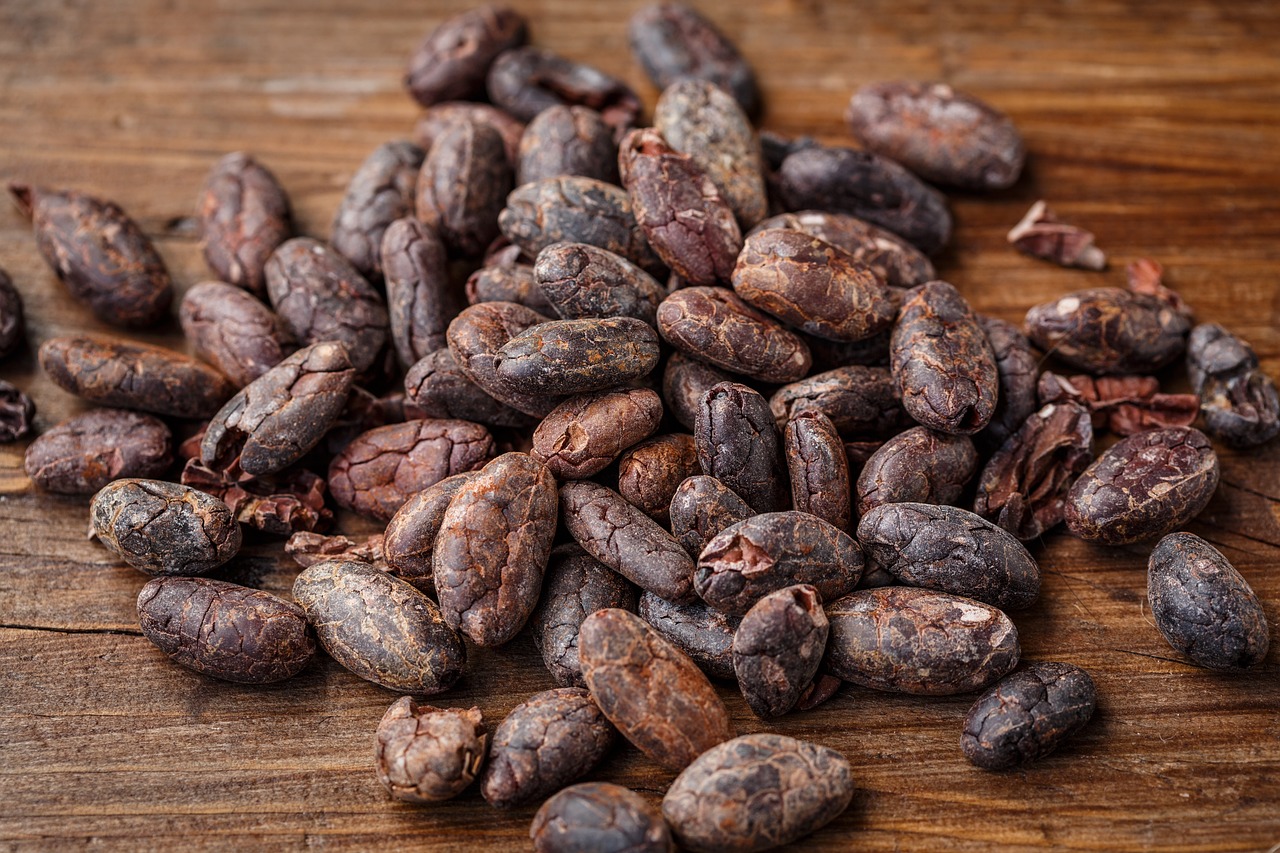
Even the most aggressive bull markets rarely move in straight lines. In my July 16 Barchart article on soft commodities in Q3 and beyond, I highlighted the over 84% rally in ICE cocoa futures over the first six months of this year. Nearby ICE cocoa closed Q2 at $7,729 per ton, which was higher in late August at near the $9,000 per ton level on the September futures contract. Before 2024, the all-time peak was in 1977 at $5,104 per ton.
Cocoa remains in record territory
Nearby ICE cocoa futures closed 2023 at just below the $4,200 per ton level, after trading to a $4,343 high in December, the highest price since 1977, the year cocoa reached its $5,104 record peak.

The long-term chart highlights cocoa’s explosive move, which took the price to over double the 1977 peak, at over $11,700 per ton in April 2024. At nearly $10,000 per ton in late August, nearby cocoa futures remain above the 1977 high and in a bullish trend.
Supply problems in the leading producing countries
Adverse weather conditions in West Africa caused a cocoa bean shortage. The Ivory Coast and neighboring Ghana produce over 60% of the world’s annual cocoa bean supplies. A July 15 Reuters article highlighted that trading houses face at least $1 billion in losses on cocoa derivatives as Ghana has failed to deliver beans, forcing traders to liquidate short hedge positions at losses. The article states, “Global cocoa prices soared this year after bad weather, bean disease, smuggling, and illegal gold mining reduced production and the volume of beans available in Ghana, the world's No.2 producer.”
The Ivory Coast, the world’s leading cocoa producer, has seen output decline to the lowest level since the 2015/2016 crop year in 2023/2024.

The chart shows that the Ivory Coast produced 1.80 million tons of cocoa beans in 2023/2024, the lowest level on eight years.
Supply issues have pushed cocoa to a record high, keeping prices elevated in late August 2024.
Chocolate manufacturers are increasing prices and reducing portions
In Australia, Cadbury’s popular Freddo bar has doubled in price. Chocolate manufacturers worldwide have increased prices to address the explosive move in cocoa bean prices.
Shrinkflation occurs when manufacturers reduce product sizes to reflect rising prices. Chocolate manufacturers have been reducing cocoa content and adding less expensive ingredients such as nuts, fruits, and fillings because of skyrocketing cocoa prices. With cocoa prices around twice the price at the end of 2023, expect chocolate prices to continue to rise and product content to shrink.
Parabolic moves create dangerous price action
A parabolic rally occurs when an asset price moves sharply higher at a very steep angle on the charts.

The ten-year chart shows that the 2024 cocoa move was a textbook parabolic rally.
Commodities can be susceptible to parabolic price action because of cyclicality. Prices tend to rise to levels where production increases, inventories rise, and demand declines because of elasticity. They fall to levels where the demand increases, inventories decline, and production slows. Extreme price moves can rise or fall to prices defying logical, reasonable, and rational technical and fundamental analysis. In cocoa’s case, the parabolic rise was not initially sustainable. If cyclicality causes output to increase in 2025, we could see a correction to more reasonable price levels. Therefore, parabolic rallies are dangerous and can lead to significant downdrafts.
There are no cocoa ETF or ETN products- Futures are the only way to participate
Cocoa futures and futures options on the Intercontinental Exchange are the only choices for participating in the volatile cocoa market. The NIB ETF once tracked cocoa prices but ceased trading because of low liquidity.
It is impossible to assess if the cocoa rally is over, but the odds favor a continued correction as the cure for high commodity prices is generally high prices. The current price level near the $9,000 per ton level will encourage increased output over the coming years. However, since the West African countries produce the lion’s share of annual cocoa supplies, the weather conditions, crop diseases, and logistical issues will continue to determine the path of least resistance of prices. Expect high price variance in cocoa, and you will not be disappointed.
On the date of publication, Andrew Hecht did not have (either directly or indirectly) positions in any of the securities mentioned in this article. All information and data in this article is solely for informational purposes. For more information please view the Barchart Disclosure Policy here.






